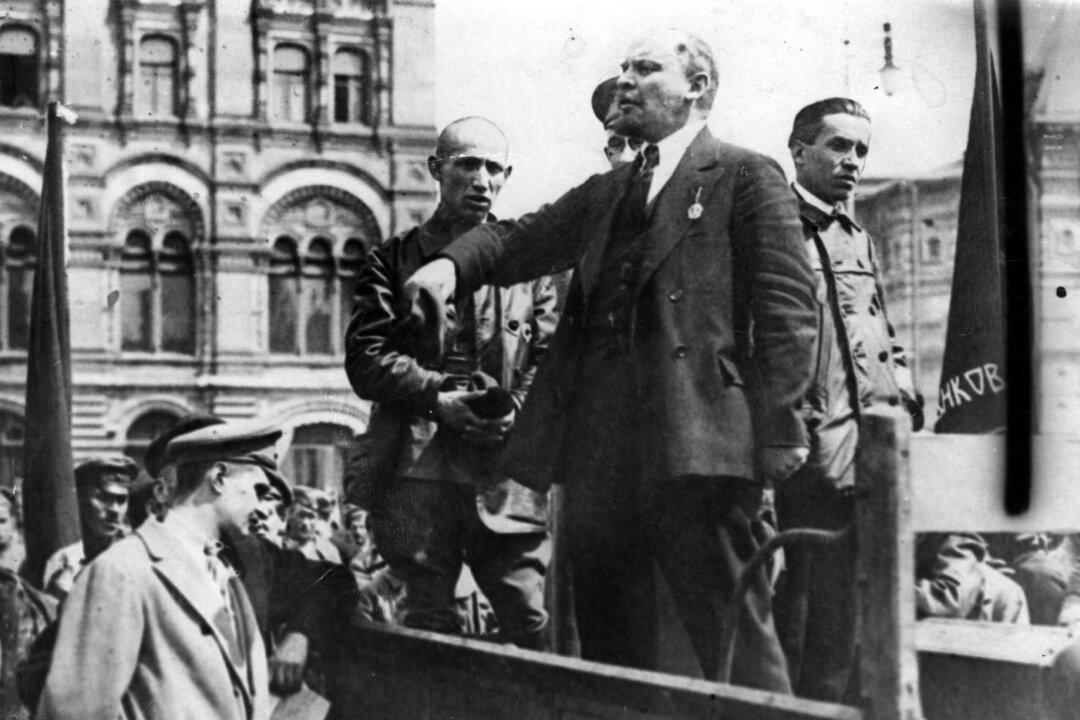Commentary
Canada’s Liberal government has dragged its feet on acknowledging the duplicity of the Chinese Communist Party throughout the COVID-19 crisis. Occasionally, as when Health Minister Patty Hajdu recently told a journalist that accusing China of concealing the extent of its outbreak was “feeding into conspiracy theories,” the Canadian response has skirted “useful idiot” territory.





